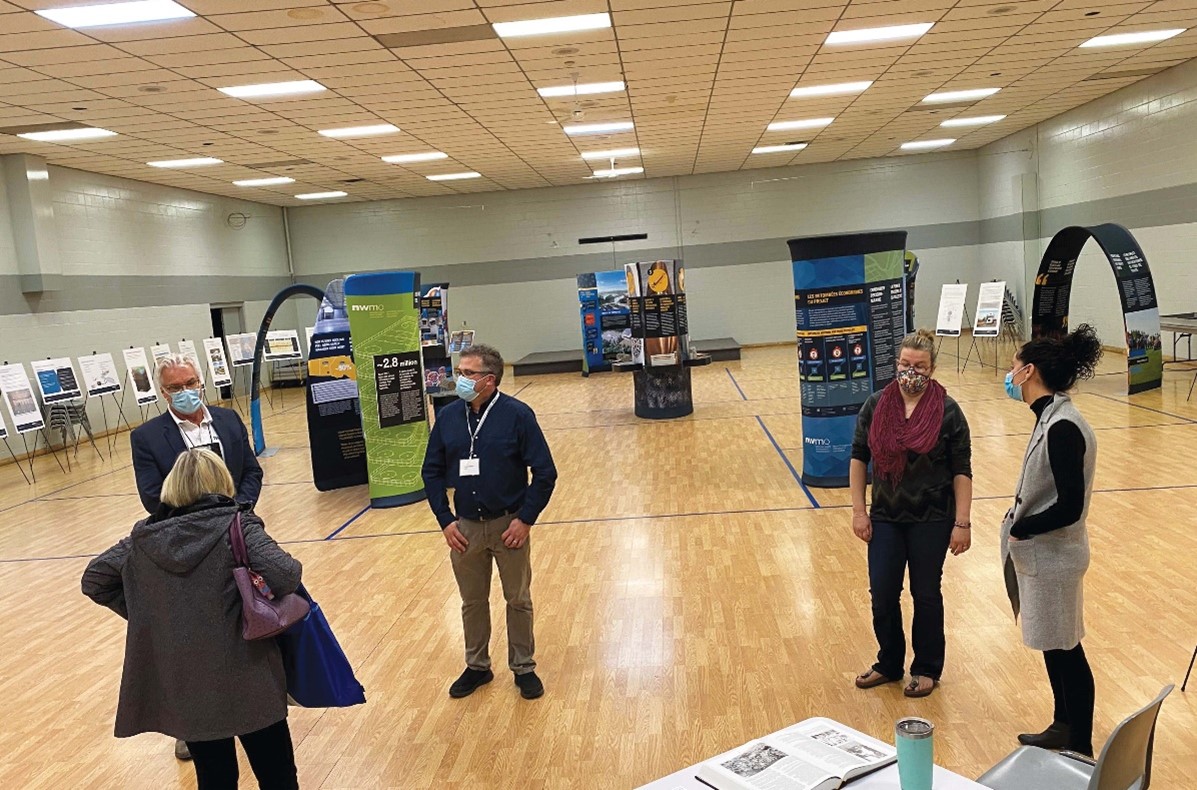The Nuclear Waste Management Organization (NWMO) reaffirms its commitment to open and transparent discussion following a community group’s delegation to the Council of the Municipal of South Bruce.
On June 8, a delegation from Protect Our Waterways presented to Council and held a parade.
“The Nuclear Waste Management Organization (NWMO) encourages public discourse about the project. We are aware there are concerns and it is important for the NWMO to understand those concerns so we can address them,” said Tareq Al-Zabet, Director of Site Selection—Southwestern Ontario. “It is important to note that while there are people who see the benefits of this project and there are some opposed, there are many people who have not decided yet and we welcome continued discussions with everyone as we move forward.”
The deep geological repository is a multi-generational project and will begin operations in the 2040s. Once constructed the repository will store Canada’s used nuclear fuel within a multi-barrier system designed to protect people and the environment, essentially indefinitely.
“Deep geological repositories are considered to be the best solution for the safe and sustainable long-term storage of used nuclear fuel,” said Mr. Al-Zabet. “We are committed to protecting people and the environment while also ensuring the prosperity, well-being and resiliency of the communities where the repository is built. We look forward to continued dialogue as we move forward together toward site selection.”
Canada’s used nuclear fuel
• Used fuel from Canadian reactors is not a liquid or gas—it is a stable solid. It cannot burn, explode or melt down.
• When used fuel is removed from the reactor, it is highly radioactive and requires careful management.
• Canada’s existing inventory of used nuclear fuel is approximately three million bundles. Each year about 90,000 additional bundles are produced as nuclear reactors generate electricity.
A long-term approach
• Currently used nuclear fuel is safely managed at nuclear generating stations however this is a temporary approach, widely recognized as inappropriate for the many generations the material remains hazardous.
• The repository will be monitored to ensure the safety of people and the environment. Currently researchers are gathering environmental benchmark data at potential siting areas in South Bruce and Ignace.
• The site selection process is community-driven and designed to ensure, above all, that any location selected is safe and secure, and has informed and willing hosts.
Agriculture
• Canadian farmers have for decades worked safely near nuclear facilities, and we know through regular testing that there is no impact on the food safety or quality of their crops, water and livestock.
• We are confident farmland and crops will be safe beside a deep geological repository.

